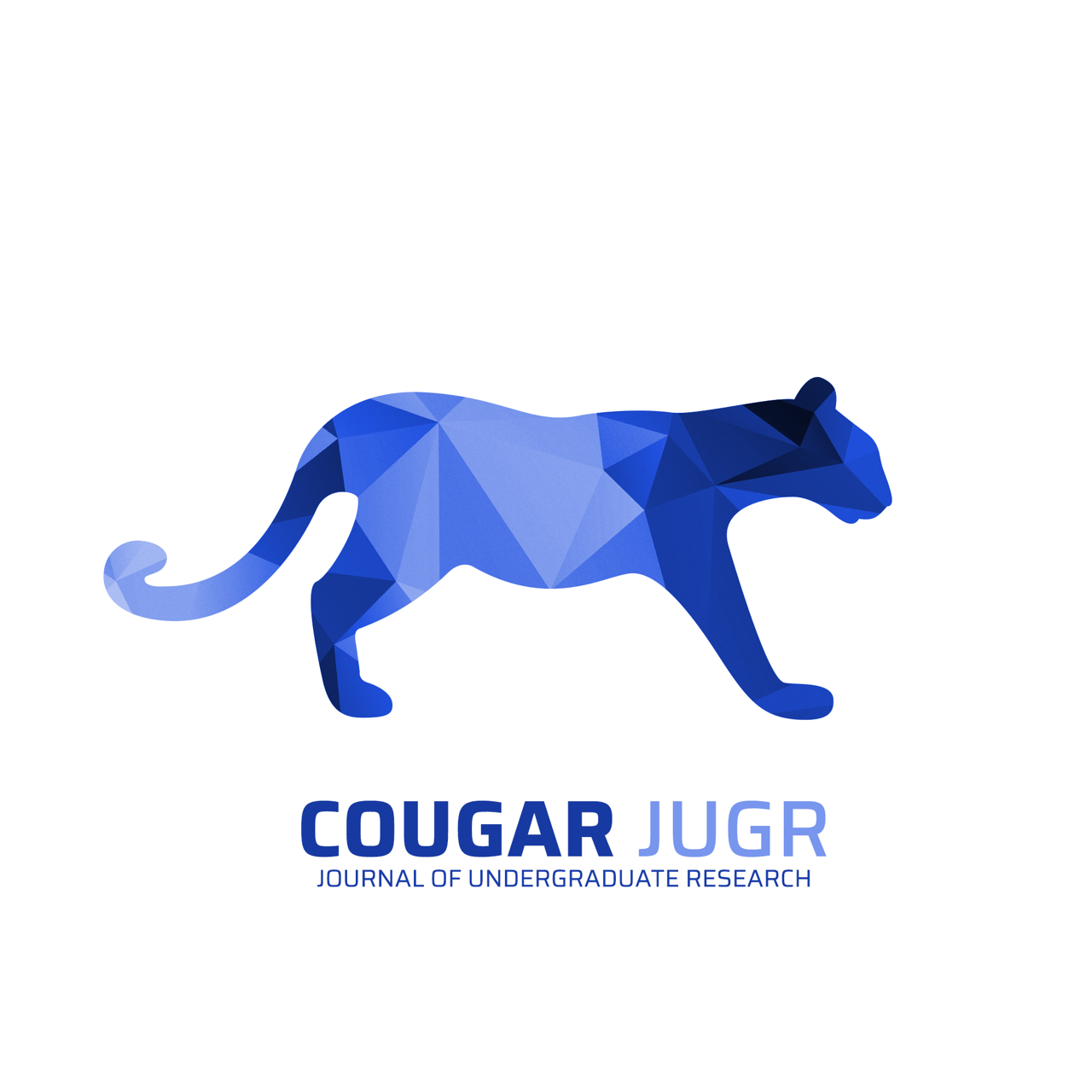The Effects of Fire and Post-fire Management on Microbial Abundance and Enzymatic Activity
Keywords:
post-fire management, microbial abundance, enzymatic activityAbstract
The ecological effects of fire and post-fire management are poorly understood. Microbial biomass and enzymatic activity were measured to assess the effects of fire and post-fire management on microbial processes. We hypothesized that microbial abundance and enzymatic activity would differ across burned sites due to different post-fire treatments and that enzymatic activity would be positively correlated with each other and microbial abundance. Soil was sampled from unburned (U), naturally recovering burned (N), and hydroseeded burned (H) chaparral sites behind CSUSM. NAGase and Phosphatase activities were measured. Microbial biomass was assessed using chloroform fumigation and extraction. Data were analyzed using one-way ANOVA and regression analyses. Both NAGase and Phosphatase activities were higher in the unburned site (Figs 1 and 2). This may imply that overall enzymatic activity is still significantly lower in burned sites even 5 years post-fire. Hydroseeding had little to no effect. Microbial C was significantly higher in the Hydroseeding site. This may be due to the plant species and/or the organic matter and fertilizer in the hydroseed mix. Enzymatic activity did not correlate with microbial C, implying a difference in microbial composition across sites. NAGase and Phosphatase were positively correlated, implying that they are driven by similar factors. Enzyme activity was positively correlated with soil C and N, implying N and C co-limitation.
Additional Files
Published
Issue
Section
License
Authors retain copyright of their work. All submissions will be Open Access and distributed under the terms of the Creative Commons Attribution (CC BY) 4.0 license, which permits unrestricted production, distribution, and adaptation, provided that citation of the original work is included.

.jpg)
